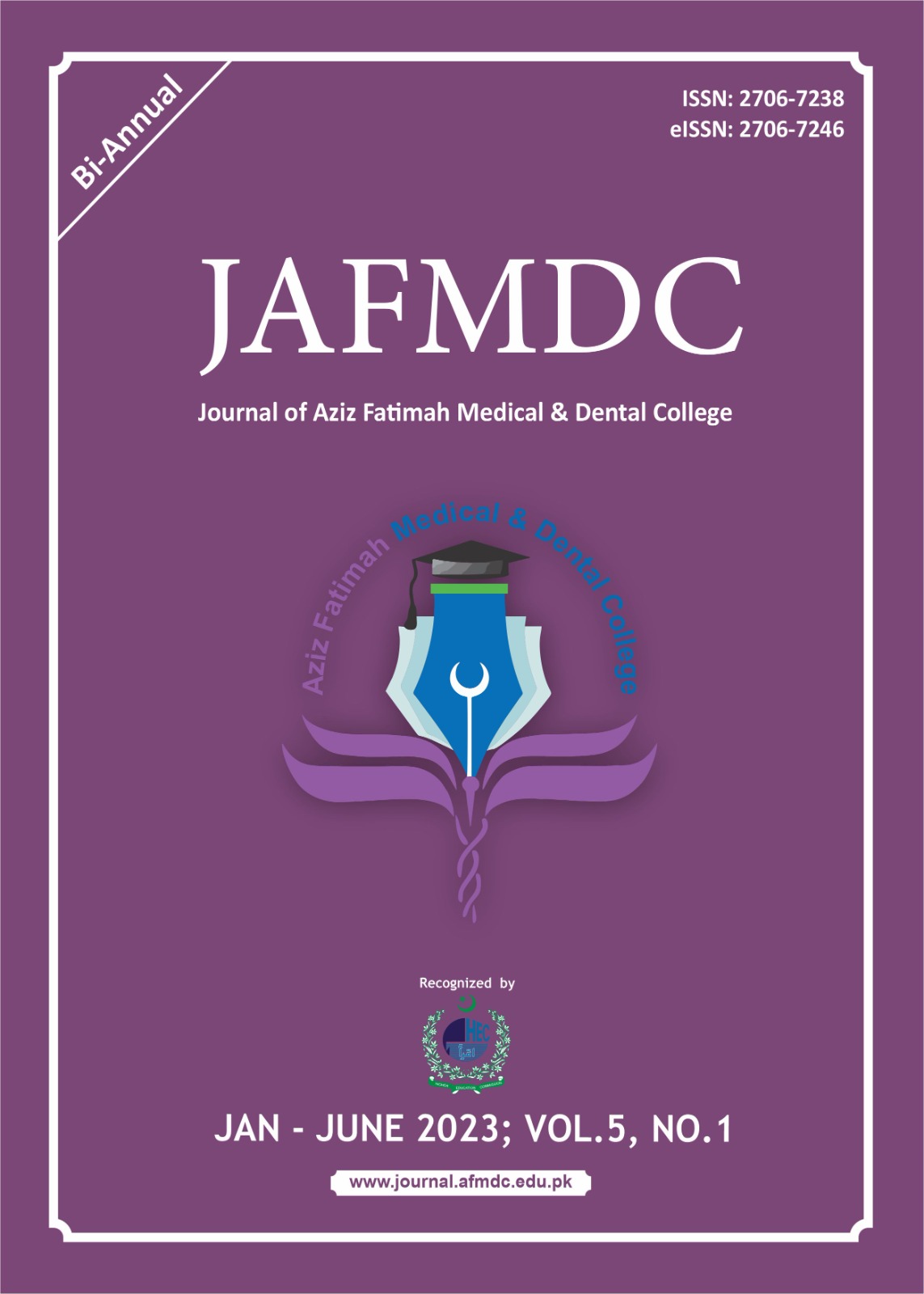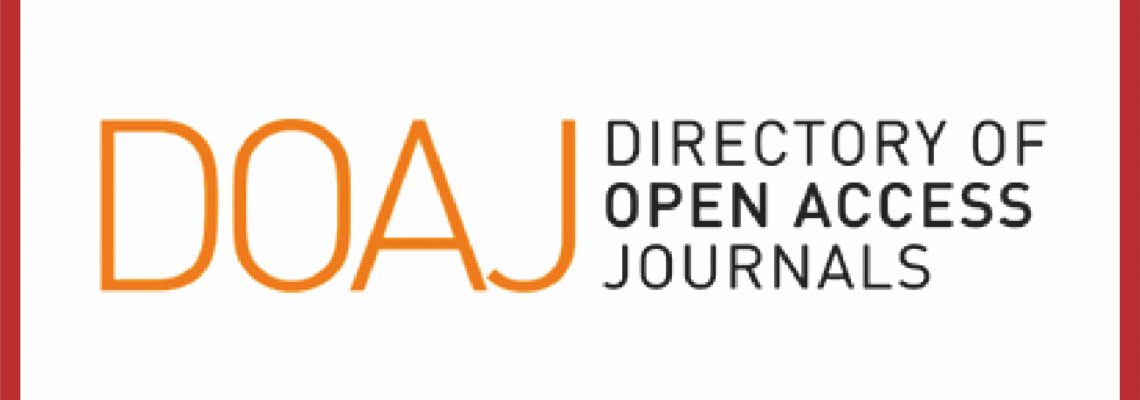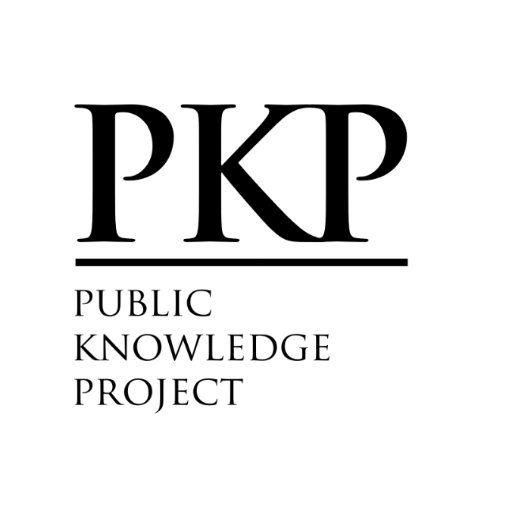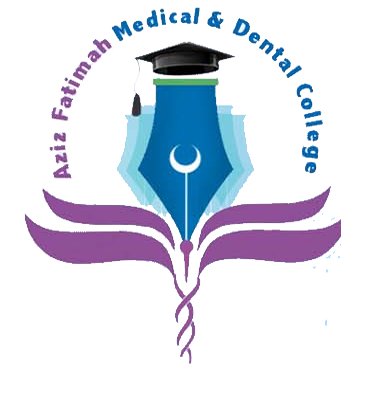From Separate Silos to a Cohesive Whole: The story of Integrated Medical Education
DOI:
https://doi.org/10.55279/jafmdc.v5i1.247Abstract
An integrated curriculum broadly refers to collaborative methodologies of studying various disciplines together in a linked form. This has widely become the method of choice for imparting undergraduate medical education.1 In the context of Pakistan, where the medical education is predominantly based on a traditional discipline based approach, the examples of implemented integrated curricula have been few and far between due to a number of factors namely, logistics, faculty training, faculty readiness, student to teacher ratio and infra structure being a few prominent ones. 2 Despite these challenges, the University of Health Sciences (UHS) recently took up the task to introduce an integrated medical curriculum in Pakistan, the curriculum “2k23” has now been implemented in the 50 constituent colleges of the UHS.
Additional Files
Published
How to Cite
Issue
Section
License
Copyright (c) 2023 Komal Atta

This work is licensed under a Creative Commons Attribution-NonCommercial 4.0 International License.
You are free to:
- Share — copy and redistribute the material in any medium or format
- Adapt — remix, transform, and build upon the material
- The licensor cannot revoke these freedoms as long as you follow the license terms.
Under the following terms:
-
Attribution — You must give appropriate credit, provide a link to the license, and indicate if changes were made. You may do so in any reasonable manner, but not in any way that suggests the licensor endorses you or your use.
-
Non Commercial — You may not use the material for commercial purposes.
-
No additional restrictions — You may not apply legal terms or technological measures that legally restrict others from doing anything the license permits.













